Many dosage forms and pharmaceutical technologies trace their origins to the food industry, where taste is paramount. In this blog our formulation and sensory scientists share practical concepts and techniques for developing palatable drug products.
Do you have an idea for a future post? We’d like to hear from you. E-mail us at feedback@senopsys.com
Posted by Senopsys on May 1, 2017
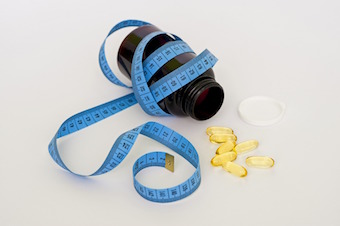
Sensory analysis is a scientific discipline used to evoke, measure, analyze, and interpret those responses to products that are perceived by the senses of sight, smell, touch, taste, and hearing. In our latest blog post we describe the methods most commonly employed to guide the development of palatable, taste-masked drug products.
Read More
Posted by Senopsys on January 27, 2017
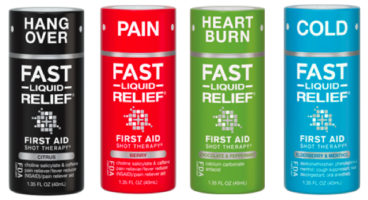
Senopsys and First Aid Shot Therapy (FAST) collaborated to improve the taste and consumption experience of common OTC products. This resulted in a series of great tasting, single dose liquid medicine shots that start working in minutes.
Read More
Posted by Senopsys on January 10, 2017
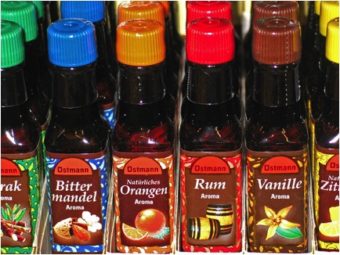
By FDA regulation, flavor excipients are divided into four categories. What are the practical differences between these categories and which are appropriate for pharmaceutical formulations? In our latest post, we hope to answer these questions.
Read More
Posted by Senopsys on November 18, 2016
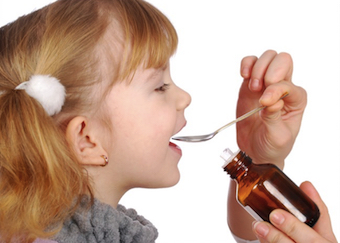
Regulations in the United States and European Union are incentivizing (via pediatric exclusivity) and requiring the development of pediatric medicine. These regulations are designed to ensure that every new drug will be evaluated for use in pediatric patients and studied in this population when appropriate. A key requirement is the submission of detailed plan that outline
Read More
Posted by Senopsys on November 14, 2016
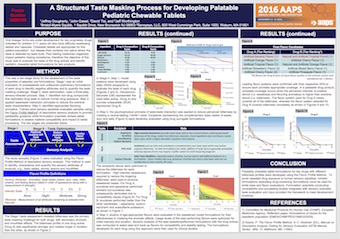
Senopsys and Bristol-Myers Squibb presented results of a process used to develop palatable pediatric chewable tablet formulations for two APIs with different taste masking challenges. Development followed a two-stage design: Stage 1 – Taste Assessment to quantify the taste masking challenge. Stage 2 – Taste Optimization following a sensory-directed formulation development approach. Click here to
Read More
Posted by Senopsys on September 29, 2016
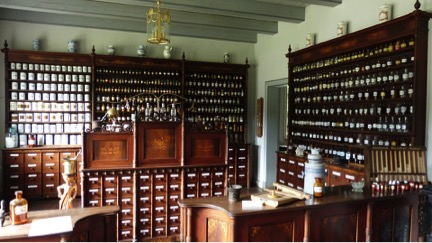
“Flavor”, “Taste”, and “Smell” are not the same. To a sensory scientist, the term “flavor” refers to the combination of taste, aroma, mouthfeel and texture. This definition is important as we debunk one of the great myths of taste masking: that taste and smell are the same. They are not. Taste and smell represent
Read More
Posted by Senopsys on July 20, 2016
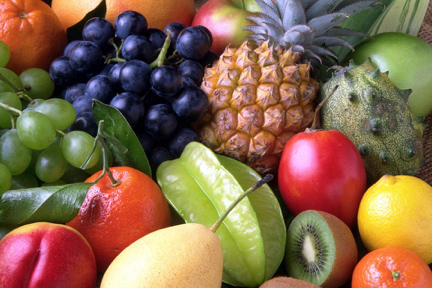
Many Active Pharmaceutical Ingredients (APIs) are bitter, some extremely so. Often a formulator’s first reaction to taste masking is to add a “flavor” to the formulation to mask the bitterness. This approach to taste making is not usually successful because of differences in the physiology of taste and smell. Myth Busted: Taste and Smell are
Read More
Posted by Senopsys on July 1, 2016
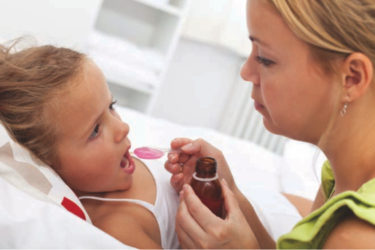
Many drug actives are bitter or have other aversive attributes that require effective taste masking. Senopsys penned an article for Contract Pharma that describes the framework for developing palatable drug products advanced by the AAPS Pediatric Formulations Task Force. The framework is a decision-tree that identifies the sequence of questions that need to be answered
Read More
Posted by Senopsys on June 15, 2016
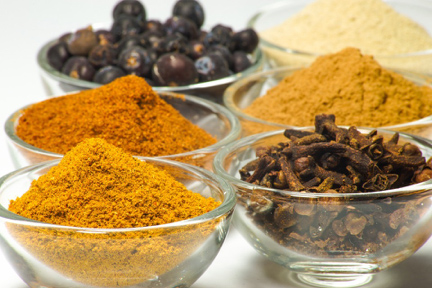
What is Flavor? We can trace the origins of many dosage forms and pharmaceutical technologies back to the food industry – and today we consider it a rich source for approaches, tools and methods that pharmaceutical scientists can adapt to develop palatable drug products. How do we define flavor? This might seem like a simple
Read More










